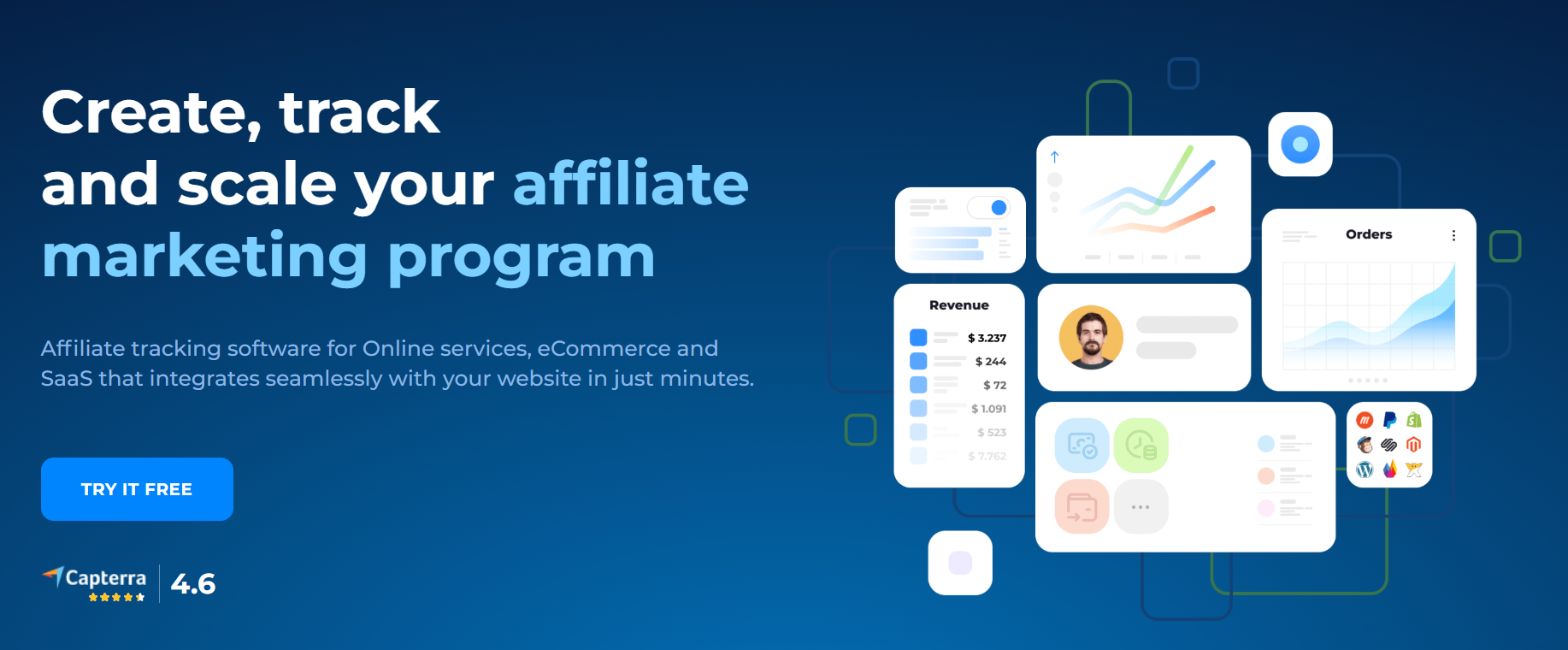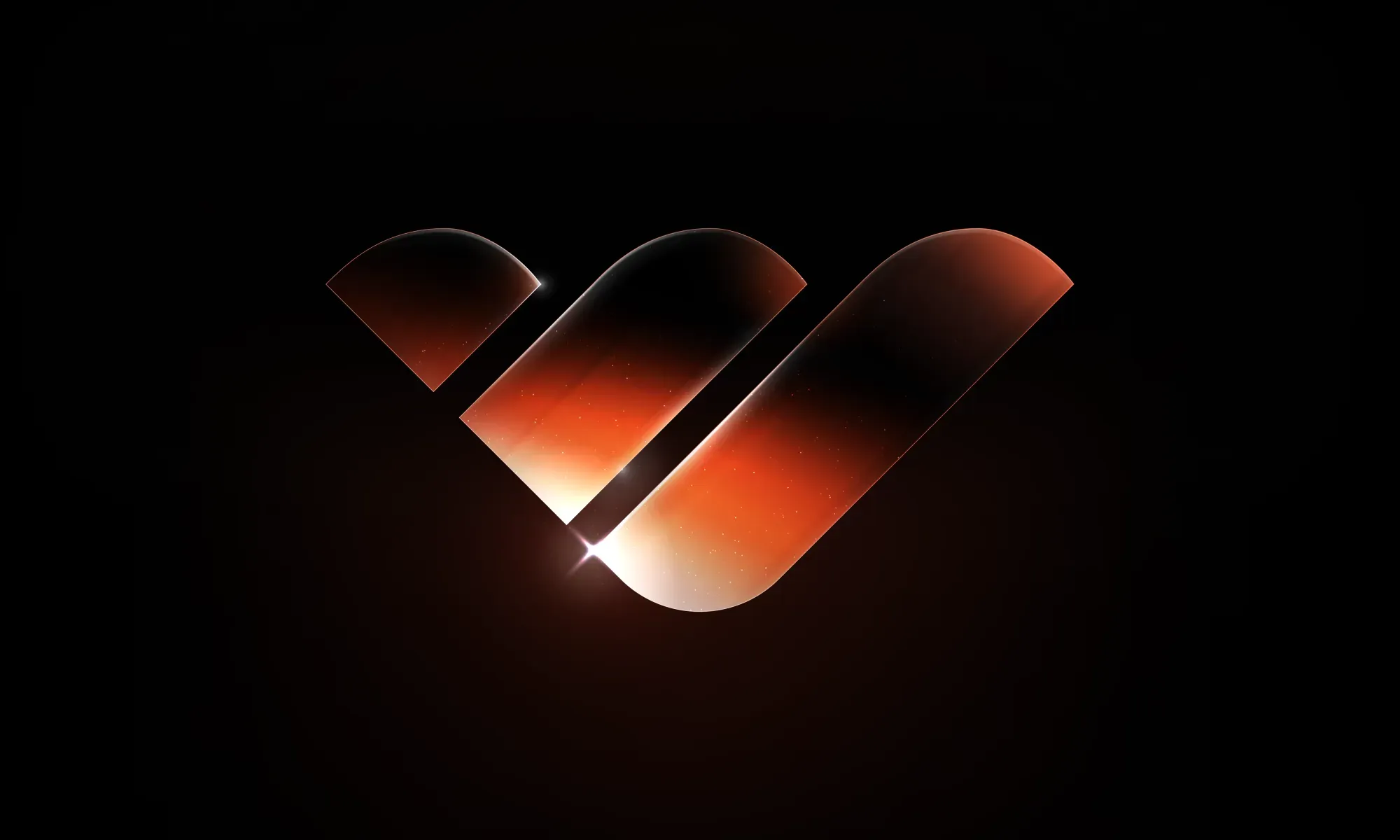Public relations (or PR) have been a valuable tool for businesses for longer than you think. Experts believe that it’s been around since 1903, when image maker and corporate advisor Ivy Lee started working for Rockefeller.
Society and technology have changed beyond recognition over the last century and PR has evolved with it. Countless PR strategies have been created. Press releases. Influencer partnerships. Social media campaigns. Sponsorships. Community engagement. Brand ambassadors. The list goes on.
As you can see, there are many ways to approach PR, but a new tactic is revolutionizing the field – and it’s called Performance PR.
Staying up-to-date with new strategies is key if you don’t want to be left behind. But what exactly is Performance PR? And how does it differ from traditional PR? Read on to find out everything you need to know about this innovative new process.
What is PR? The Art of Persuasion in Business
To start, it’s important to get back to basics and understand what PR actually is.
Despite all the changes, at its heart, PR is still the same. PR will always be the “persuasion business”, with the goal of:
- Influencing, engaging and building connections with the public
- Creating connections with other businesses/organizations
- Protecting a company’s reputation
- Creating content to improve brand awareness
In short, you are trying to convince an audience outside of your usual sphere of influence to promote your idea, purchase your product, or support your position.
PR is about storytelling – about creating narratives to create an image of a brand. It can be used to protect, enhance or build reputations through various forms of media. A good PR practitioner will analyze the organization, find the positive message and turn that message into positive stories.
For example, consider the “Red Bull Stratos” campaign in 2012. This PR campaign saw Austrian skydiver Felix Baumgartner jump from a helium balloon from a height of over 35km. The jump was a success. Yes, it was the fastest freefall speed ever recorded – but it was also live broadcast to 50 million viewers!
However, PR isn’t always so dramatic. Simply responding to a negative opinion online is PR.
Introducing Performance PR
Performance PR is an expansion of traditional PR strategies. It focuses on measurable, results-focused strategies. This approach doesn’t just aim to create awareness – it also drives positive business outcomes like website traffic and conversion rates.
Here are some of the reasons why Performance PR is gaining popularity:
Media Relations
By targeting press coverage, Performance PR encourages audiences to engage directly with a brand’s digital presence. Success is usually measured through metrics like web traffic and following consumer actions, like sign-ups or downloads.
Digital Integration
Performance PR integrates with traditional digital marketing strategies. By using analytics to measure the effectiveness of a campaign, a company can ensure that each effort directly contributes to overarching business goals.
How is Performance PR Different from Traditional PR?
Traditional PR focuses on increasing customer relations and brand presence with communication, media and physical events. Most brands will have some form of PR team, who create funnels that promote a business through media outlets – this might include newspapers or magazines (both in print and online).
The main difference when comparing Performance PR from traditional PR is the addition of accountability. Performance PR is all about results. This makes it the perfect choice for companies who are looking to scale their audience – because payment is based on how users interact with the content.
See Performance PR in Action!
For example, let’s take a look at the fashion magazine Cosmopolitan. Here’s a recent article on hiking outfits that look cute:

Fashion magazine articles often include affiliate links, and this example is no different. However, the writer has also included this brand mention: “Highly suggest you check out Merrell if you’re looking for footwear.”

This recommendation in the introduction of the article is perfectly placed. Note that the brand name “Merrell” is a tracked link. Any clicks or subsequent actions are tracked by Skimlinks – the world’s largest commerce content monetization platform.
Skimlinks help to create a revenue stream for affiliates, meaning that publishers can be less dependent on advertising.
This quick mention of Merrell is an example of Performance PR. The link is tracked and managed, and Cosmopolitan is then rewarded based on the results.
Why Does Performance PR Work?
Let’s take a closer look at why Performance PR is gaining popularity for brands. Performance PR is the joint strategy between a company’s PR team and its affiliates. The idea is that both work together to measure the outcome of a PR campaign. Instead of paying upfront for metrics like impressions or views, affiliates can be paid via referral fees.
Performance PR has been created to solve some of the common issues around traditional PR – including a lack of sales conversions and poor flexibility. It is a modern type of affiliate marketing that helps to increase traffic, while creating a positive stream of monetization for affiliates.
How to Get Started with Performance PR
Performance PR doesn’t abandon the standard principles of PR – it simply adds a new way to track results. Performance is the key word here – PR efforts are tracked and their results are measured. This creates transparent data you can use to further your business goals.
If you are going to add Performance PR to your marketing mix, here are the steps to follow:
Step 1 – Goals
A Performance PR strategy will begin with setting clear goals, budget constraints and timelines. Note that all of these are integrated with digital marketing, so it is important to have the digital infrastructure ready to begin. That could be active social media pages or a well-made website. These goals might include:
- Secure 20 mentions in various publications.
- Get 100,000 social media impressions.
- Create 5,000 new sales within the first month of the campaign.
Each of these goals focuses on clear metrics, with the ultimate objective of increased sales. By setting these goals, you can ensure that affiliates know what is expected of their efforts and you will give them a clear desired outcome by the end of their campaign. This also allows you to track their performance, measuring it against the initial goals you set out.
Step 2 – Tracking
As mentioned before, clear data is a key part of successful Performance PR. It is important to use analysis tools throughout the campaign. This includes considering metrics at the beginning of the process and tracking them throughout.
Finding a way to track your affiliate marketing program effectively is crucial. One option is to use pre-built platforms, such as Tapfiliate, which can be used to manage affiliate, influencer and referral programs.
With a platform like this, you can automatically track conversions driven by your affiliates for purchased items, batch orders and one-off sales. You can also manage commissions, whether it’s for recurring, lifetime, fixed or %-based models. Ultimately, these types of systems automate the whole process, so your team won’t have to waste time managing it themselves.

Why is important to track the results? Tracking data in Performance PR allows you to measure the effectiveness of all activities. Each activity should align with your business goals and provide insights for future optimization. This data-driven approach demonstrates ROI, making the effectiveness of PR efforts transparent.
This data is not just for you, but also for your PR affiliates. By providing them with this data and giving them updates as your campaign unfolds, you can allow them to adjust their methods and get a better outcome.
Step 3 – Outreach
When working on a Performance PR campaign, you must find the right platforms for your business goals. Which platforms you choose will depend on your industry, target audience and specific campaign goals.
Here is a list of platform types for you to consider when beginning your campaign:
Online Publications
1. Industry-Specifics News Websites: For technology brands, sites like TechCrunch, The Verge, Digital Trends, or Wired are great examples of industry-specific websites. For business, consider Forbes, Business Insider, or Bloomberg.
2. Niche Blogs & Websites: Smaller publications are also worth targeting. You should identify niche blogs that are popular within your industry. For example, In Digital Marketing, Moz and Search Engine Journal are great options.
3. Mainstream Media Outlets: The websites of major newspapers like The Guardian, CNN, or the New York Times have sections dedicated to specific industries like technology or health. These offer a chance to be seen by a global audience.
Social Media Platforms
1. LinkedIn: This platform is especially useful for B2B companies looking to connect with industry leaders and fellow professionals.
2. X (formerly Twitter): A good choice for rapid content sharing. It’s also a platform that allows you to engage directly with world media and influencers.
3. Instagram: Great for visual content and highly effective for consumer-focused brands.
4. Facebook: Allows you to create targeted ads and posts, enhancing your demographic.
5. YouTube: Best suited for long-form video content. You can create tutorials, behind-the-scenes looks, or extensive product demos.
Influencer and Content Creator Networks
1. YouTube Creators: YouTubers can create extensive content. They are best suited for creating product demonstrations or reviews.
2. Instagram Influencers: Perfect for lifestyle, fashion, beauty, travel and health industries. Instagram is best for short posts with images or reels.
3. TikTok Influencers: TikTok is one of the most popular social media platforms. It offers a great chance to reach a younger audience with engaging, short-form video content.
4. Podcast Hosts: Podcasts have become some of the most popular forms of media. Podcast features can engage audiences in more detailed discussions about your industry or products.
Affiliate Networks
1. ShareASale: A large affiliate network that can connect you with thousands of affiliates suitable for various industries.
2. Commission Junction (CJ): An affiliate network that comes with robust analytic tools – perfect for finding partners and tracking performance.
3. Amazon Associates: If you hope to create a significant presence on products sold through Amazon, Associates is the perfect platform to reach a wide audience.
Choosing the right platforms for your Performance PR campaign should always depend on your target audience. Consider where they are most active and where you can effectively track engagement and conversions. You should always tailor your approach to fit your specific business goals for optimal results.
Step 4 – Approval
Finding the right affiliates to represent your brand – whether they’re a media company, platform, or an influencer – should be considered carefully. You want to make sure that the affiliate in question has the appropriate reach to market your business.
It’s important that the affiliate you work with has a good reputation, whilst also being relevant and appropriate for your brand. They are representing your company, so you should echo your brand ethos and reputation.
Step 5 – Optimization
A key part of Performance PR is constantly monitoring and optimizing the process. It’s important to communicate throughout the campaign, allowing partners to use their platform and/or skills to maximum effect. This allows your business to monitor any data and pass it on to the partner you are working with.
Your team can use data to make fast adjustments and respond to emerging audience behaviors. You should always go back to step 1 and keep it in mind – remember that it’s important to meet the goals initially set out in your campaign strategy and give affiliates the tools to measure performance.
Step 6 – Results
This is one of the most important steps of the process. Once the campaign has finished, it’s time to inspect the results and determine how well you did compared to your initial goals. At this stage, it’s important to have accurate data that you can pass on to partners to let them know what they have achieved.
Step 7 – Performance and adjustments
With clear data, you can decide whether you want to continue with a partner, or what you need to do to get better results next time. Remember that Performance PR is centered around adjustments and tangible goals. If a partner has massively underperformed, then there’s a chance they might not be a good fit for your business.
Alternatively, they might need to make a few adjustments in the next campaign. In this final step, you should consider their performance and decide how to proceed in the future.
What are the Main Benefits of Performance PR?
There’s a reason why Performance PR is becoming increasingly popular – it has several key benefits that can help a range of businesses.
Easy tracking
Performance marketing is simple and easy for companies to understand. You will be able to quickly track the path buyers have taken to get to their brand, service, or product. This means they can analyze which sales channels are the best for them – and which affiliates are the best choice for your business.
Accountability for affiliates
It’s in the name – Performance PR is all about measurable results and accountability. Rather than having your data buried in an agency, you will be able to hold each partner accountable for their performance. From here, you can set specific goals, allowing teams to take steps that achieve actual results.
Digital Marketing integration
Digital marketing is an integral part of modern business. Thankfully, Performance PR integrates into existing digital marketing practices easily. This means you can simply add Performance PR to your already existing marketing strategy to strengthen it.
Flexibility
Paying for a traditional PR agency can be costly. Using Performance PR allows a company to try different partners and reach new audiences. If one doesn’t work, you can simply invest in a different type.
Challenges You Might Face with Performance PR
Any PR strategy comes with potential challenges to overcome and this is equally true with Performance PR. Problems might include:
Time investment
Since managing affiliate performance is such an integral part of this strategy, you’ll need to invest a considerable amount of time to ensure you are getting the most out of your partners and strategies. Finding time in an already busy schedule can be difficult, but it is important for effective Performance PR.
Difficult data analysis
One of the hardest parts of Performance PR to get right is analyzing data and results. While you will have more direct control than with a PR agency, you need to ensure you have the right tools to collect social media insights or general sales data. Thankfully, many selling platforms give you clear data as part of their service.
Beyond Performance PR: Next Steps to Grow Your Business

At Whop, we love helping businesses thrive, which is why we share useful tips, resources and guides for budding brands. Want to grow your business on Instagram? Looking for side hustle ideas? Not sure which product adoption metrics your business should be tracking? You can find all of that and more right here on the Whop blog.
Whop is a social commerce platform that offers a range of tools that help businesses grow. If you want a comprehensive platform to sell your digital goods online – Whop comes with everything you’ll need to track performance. With a user-friendly dashboard, you can track your PR campaigns in real-time with specific tabs for Affiliates, Tracking Links and Promo Codes.
Or, if you're looking for products to help you start and build your business, you can find business tools, groups, and mentorships on the Whop marketplace. From 1-on-1 mentorship and sales training to automated e-mail marketing and entrepreneur communities, we’re here to help you thrive.
Whatever stage your business is at, Whop has something to help you grow. So, check out Whop and watch your business flourish!





